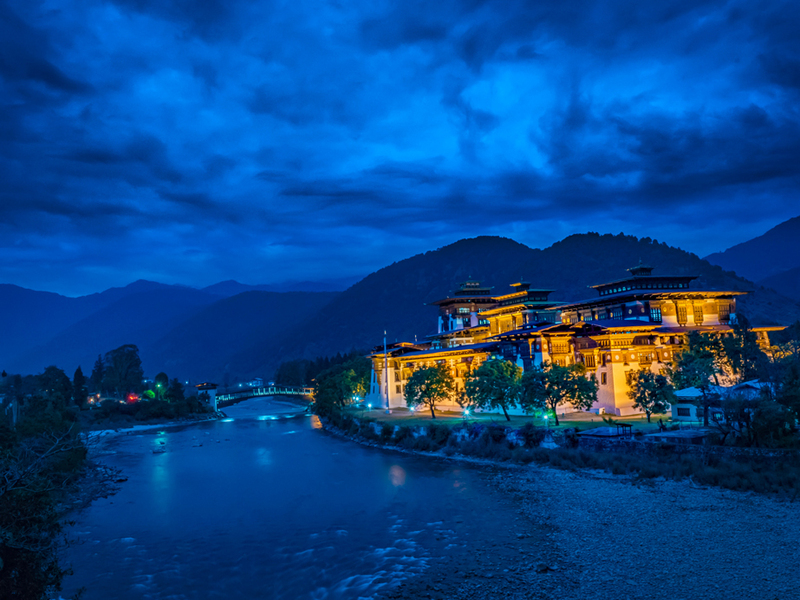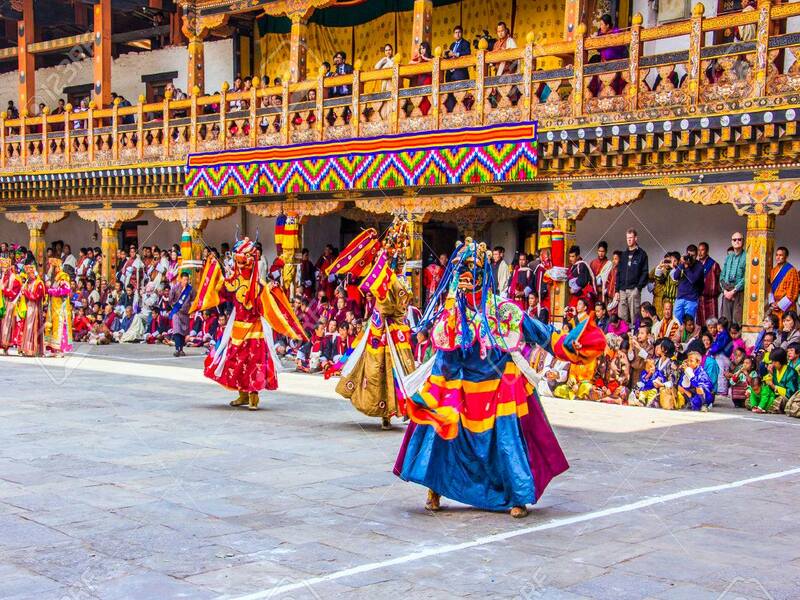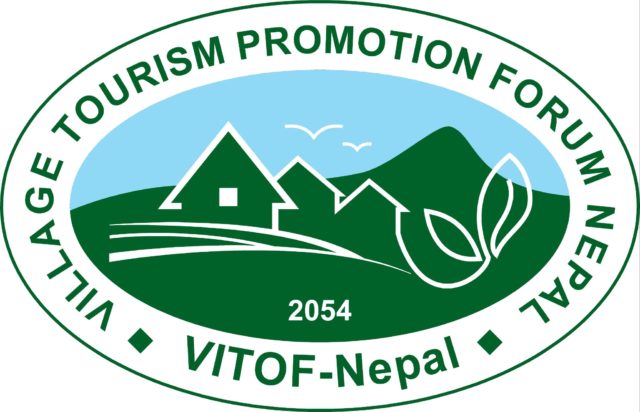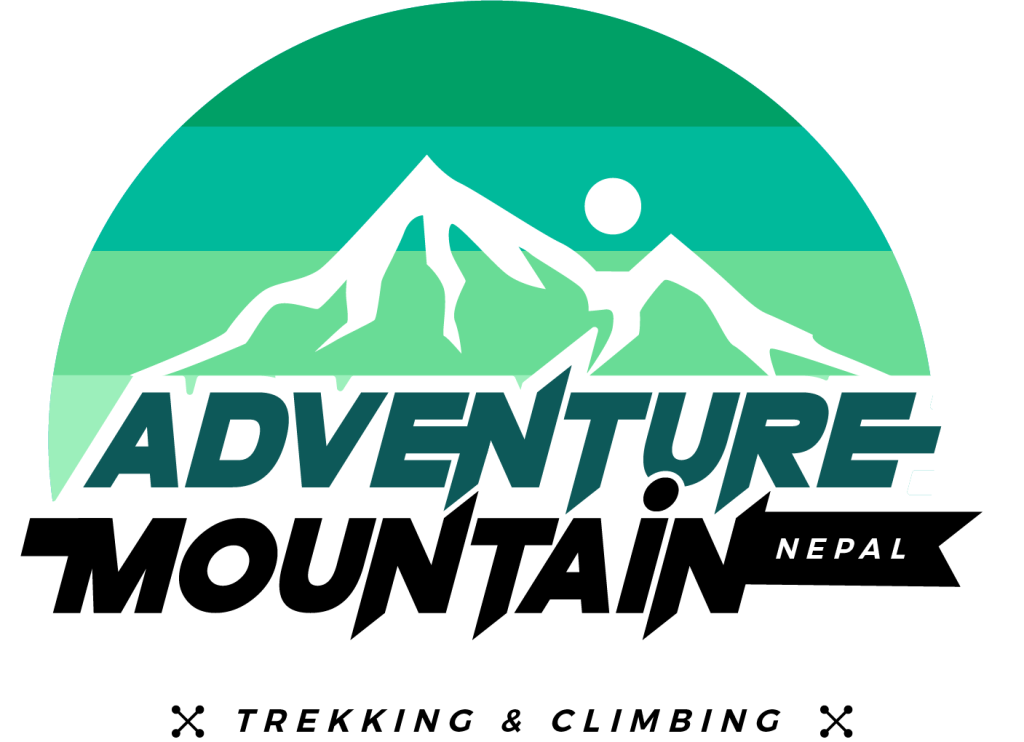Paro to Phuentsholing Tour offers you an opportunity to explore the vibrant culture and beautiful landscapes of Bhutan. In this short journey of 7 days, you would be treated with some amazing sightseeing that starts with the Paro Valley. We take you to visit some special heritage sites, including temples like Kichu Lhakhang and Rinpung Dzong; Tiger’s Nest monastery and some wonderful landmarks like King’s Memorial Chorten. We would visit some beautiful villages of Bhutan going through the Dochu La Pass and eventually ending our tour at Phuentsholing.
Paro to Phuentsholing Tour
 9 - 12 Days
9 - 12 Days
Paro to Phuentsholing Tour
The main attractions of the trip from Paro to Phuentsholing are the amazing forests, landforms, valleys, and monasteries
Trip Code
AMT - BHUTAN - 103Best Season
Spring & Autumn
Trip Grade
⭐⭐
Max Altitude
N/A
Accomodation
Teahouses/Lodges
Transportation
Flight/Jeep or Bus
Meals
BB/Full Board
Group Size
Any

Introduction
Paro to Phuentsholing Tour Highlights
- The main attractions of the trip from Paro to Phuentsholing are the amazing forests, landforms, valleys, and monasteries.
- The short trip of 7 days is packed with an amazing experience of the
culture, traditions, history, and heritage sites in Bhutan. - Visit special heritage sites, including temples like Kichu Lhakhang
and Rinpung Dzong; Tiger’s Nest monastery and some wonderful landmarks
like King’s Memorial Chorten.
Day by Day Itinerary
Remember:
Our travel planner can customize the itinerary outline as per your duration of stay, purpose of holiday and your preference. Cost of the package also depends upon level of service (deluxe, standard & budget) and as per the group size. You can easily CONTACT US at any time for any queries.Cost & Dates
TOUR MAP
GALLERY
Additional Information
What is the best Time to Travel Bhutan ?
The most favorable time to travel Bhutan is during Autumn(September, October & November) and Spring(March, April & May). During these seasons the weather will be clear, flowers will bloom on the way, the charm of the atmosphere can be felt by the heart, you will get the chance to be involved in different festivals, hallucinating views of the Himalayas can be seen and including everything the trekking path will be easier and fun.
Is a Visa Required to trek Bhutan ?
Except the citizens of India, Bangladesh and Maldives all visitors will need a visa to visit Bhutan. Bhutan Trekking Permit is compulsory for all individual international tourists.
How long does it take to trek Bhutan Druk Yul ?
Bhutan Druk Yul trek is a journey of 8 days. This journey will start and end at Kathmandu. In between you will travel to Paro, Thimphu, Wangduephodrang and Punakha and various magnificent places . You will get a full day for sightseeing of some of the most amazing world heritage sites in Kathmandu before departure.
Why is Bhutan known as the land of Thunder Dragon ?
According to Tibetan and Bhutanese Mythology Durk means Thunder Dragon. They have acknowledged it as the Bhutanese National Symbol and included it on the national anthem, national emblem and national flag. In Dzongkha Bhutan is called Druk Yul "Kingdom of Druk" thus also known as Land of thunder Dragon.
What to wear in Bhutan ?
While on the Journey to Bhutan there are no restrictions on clothing but make sure it is comfortable and suits the environment. We recommend lightweight walking shoes, full sleeve light wool clothes, good sunglass, a hat and lastly a trekking jacket. If you are traveling Bhutan in winter we advise you to pack woolen clothes to keep yourself warm.
Note: You should try to avoid body revealing clothes as much as you can and make sure to do it while visiting cultural heritage.

















